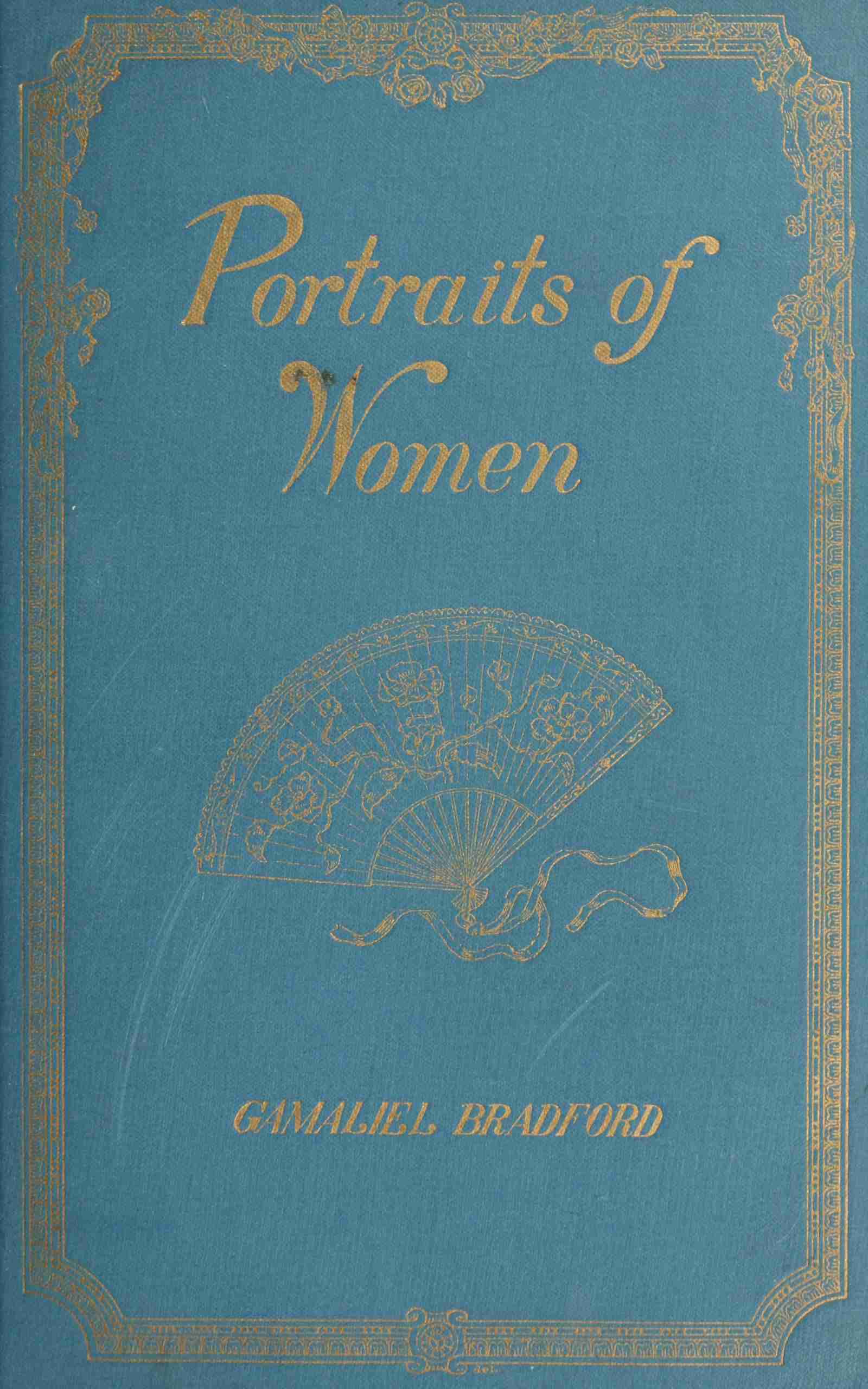Portraits of women
Play Sample
PREFACE
The nine portraits contained in this volume are preliminary studies or sketches for the series of portraits of American women which will follow my Union portraits.Such a collection of portraits of women will certainly fill a most important section in the gallery of historical likenesses selected from the whole of American history, which it is my wish to complete, if possible.
There is always a certain impertinence about a man’s attempt to portray the characters of women. And this impertinence is not got rid of by the charming, but not wholly felicitous, epigraph of Sainte-Beuve’s Portraits de Femmes: “Avez vous donc été femme, Monsieur, pour prétendre ainsi nous connâitre?”—“Non, Madame, je ne suis pas le devin Tirésias, je ne suis qu’un humble mortel qui vous a beaucoup aimées.” There is, however, an equal impertinence in trying to portray the characters of men, indeed of anybody but one’s self, and though this last undertaking is always delightful, it is apt to lead to even more astonishing results than accompany one’s attempts upon others. While endeavoring constantly to strengthen and deepen the accuracy of my portraits as regards mere fact, I yet become more and more convinced that their value must be more in suggestion and stimulation than in any reliable or final presentment of character. Such presentments do not exist.
The selection of portraits in this volume has grown in a rather haphazard way.Although the types depicted differ from one another, sometimes with marked contrast, still, if I had planned the series deliberately as a whole, I should have picked out figures more representative of entirely different lines of life.A disadvantage, much more marked in portraying women than in portraying men, is the necessity of dealing with exceptions rather than with average personages.The psychographer must have abundant material, and usually it is women who have lived exceptional lives that leave such material behind them.The psychography of queens and artists and authors and saints is little, if any, more interesting, than that of your mother or mine, or of the first shopgirl we meet.I would paint the shopgirl’s portrait with the greatest pleasure, but the material is lacking.
It will be noted, also, that none of these portraits presents the modern woman.Eugénie de Guérin is the latest in date and she is about as modern as Eve.The projection of woman into the very middle of the stage of active life, her participation on equal terms in almost all the lines of man’s achievement, are effecting the vastest social revolution since the appearance of Christianity.The outcome of this revolution is something no man—or woman—can foresee.But its most obvious and perhaps principal effect is in moulding the life, character, and habits of man.Woman already dominates our manners, our morals, our literature, our stage, our private finances.She proposes to dominate our politics.And it is by no means sure that she will not end by the subjugation of our intelligence. This feminine supremacy obtains, if I am correctly informed, in the kingdom of the spiders and also, according to some seers, in the most advanced development of the planetary worlds. While such a conquest must, of course, to some extent, react upon the conqueror, it seems probable that the fundamental instincts of the feminine temperament are what they were a thousand, or two thousand years ago, and that the new woman remains the same old woman in a little different garb, which propensity to a little different garb is the oldest thing about her.
As I have already explained in the preface to “Union Portraits,” the word “Portrait” is very unsatisfactory, in spite of the high authority of Sainte-Beuve.Analogies between different arts are always misleading and this particular analogy is particularly objectionable.Critics, otherwise kindly, have urged that a portrait takes a man only at one special moment of his life and may therefore be quite untrue to the larger lines of his character.This is perfectly just, and the word “psychographs” should be substituted for “portraits.”Psychography aims at precisely the opposite of photography.It seeks to extricate from the fleeting, shifting, many-colored tissue of a man’s long life those habits of action, usually known as qualities of character, which are the slow product of inheritance and training, and which, once formed at a comparatively early age, usually alter little and that only by imperceptible degrees.The art of psychography is to disentangle these habits from the immaterial, inessential matter of biography, to illustrate them by touches of speech and action that are significant and by those only, and thus to burn them into the attention of the reader, not by any means as a final or unchangeable verdict, but as something that cannot be changed without vigorous thinking on the part of the reader himself.
But “Psychographs of Women,” on the back of a book, is as yet rather startling for the publisher, for the purchaser, and even for me.
Gamaliel Bradford
Wellesley Hills, Mass.
May 26, 1916
